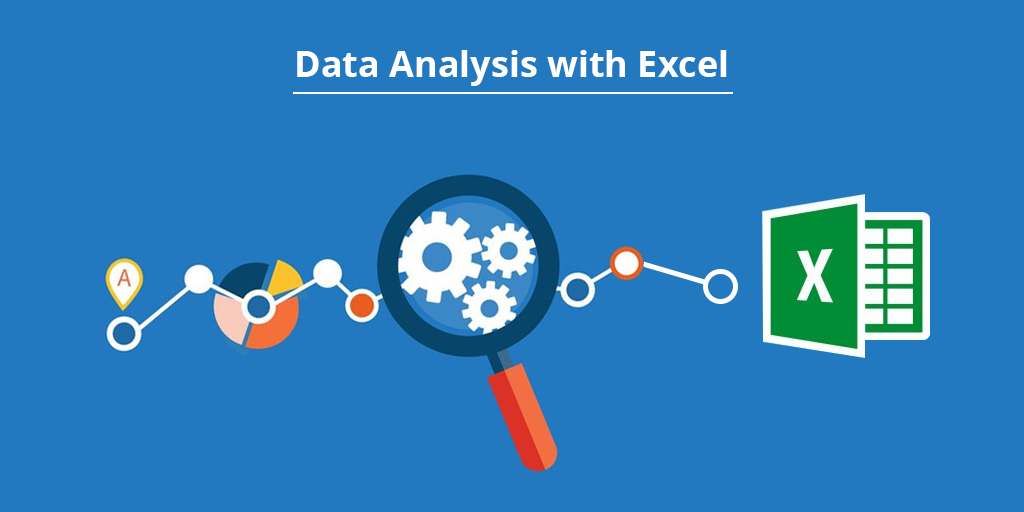Free eBooks for Beginners
Subtotaling data in Excel is a powerful tool that allows you to quickly summarize data and gain insights into patterns and trends. Whether you’re a beginner or an experienced data analyst, being able to effectively use the subtotal feature in Excel can greatly improve your efficiency and accuracy in analyzing data. In this article, we’ll explore the subtotal feature in Excel, without the use of any code.
The subtotal feature in Excel allows you to create subtotals for specific groups of data. For example, you might choose to create subtotals for sales data grouped by region, so that you can see the total sales for each region. This can help you quickly identify trends and patterns in your data, such as which regions are performing well and which regions are not.
To use the subtotal feature in Excel, you start by selecting the data you want to subtotal. Then, you can use the “Subtotal” option in the “Data” tab to specify the type of subtotal you want to create. For example, you can choose to create a subtotal for the sum of values in a column, or a subtotal for the average of values in a column.
Once you’ve created a subtotal, Excel will automatically create subtotals for each group of data in your data set. For example, if you’ve created a subtotal for sales data grouped by region, Excel will create subtotals for each region, showing the total sales for each region.
It’s important to note that you can customize the subtotal feature in many ways. For example, you can choose to subtotal data based on multiple columns, such as grouping data by region and then by salesperson. You can also choose to create subtotals for other functions, such as counting the number of values in a column.
Another powerful feature of the subtotal feature in Excel is the ability to collapse and expand groups of data. For example, you might choose to collapse the subtotals for a specific region, so that you can see the data for only that region. This can help you focus on specific groups of data and quickly compare different groups of data.
In conclusion, the subtotal feature in Excel is a powerful tool that allows you to quickly summarize and analyze data. Whether you’re a beginner or an experienced data analyst, understanding how to effectively use the subtotal feature in Excel can greatly improve your efficiency and accuracy in analyzing data. Whether you’re looking to identify trends and patterns, or to focus on specific groups of data, the subtotal feature in Excel is a valuable tool that can help you achieve your goals.
Excel Data Analysis for Beginner and Data Analyst : Tutorial 12 – SubTotal
 Loading...
Loading...
Disclaimer: The information and code presented within this recipe/tutorial is only for educational and coaching purposes for beginners and developers. Anyone can practice and apply the recipe/tutorial presented here, but the reader is taking full responsibility for his/her actions. The author (content curator) of this recipe (code / program) has made every effort to ensure the accuracy of the information was correct at time of publication. The author (content curator) does not assume and hereby disclaims any liability to any party for any loss, damage, or disruption caused by errors or omissions, whether such errors or omissions result from accident, negligence, or any other cause. The information presented here could also be found in public knowledge domains.
